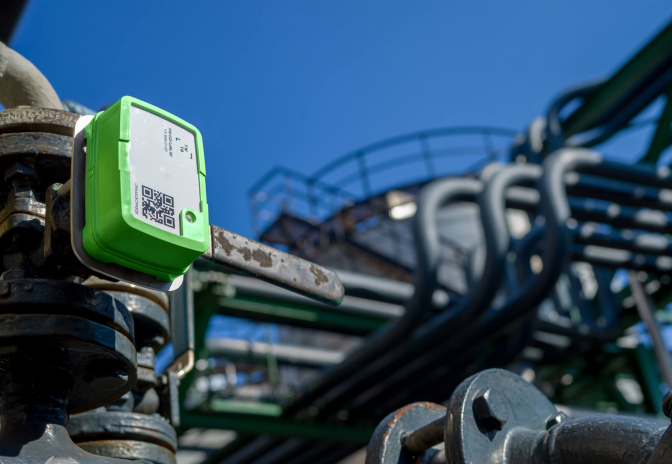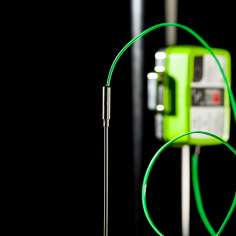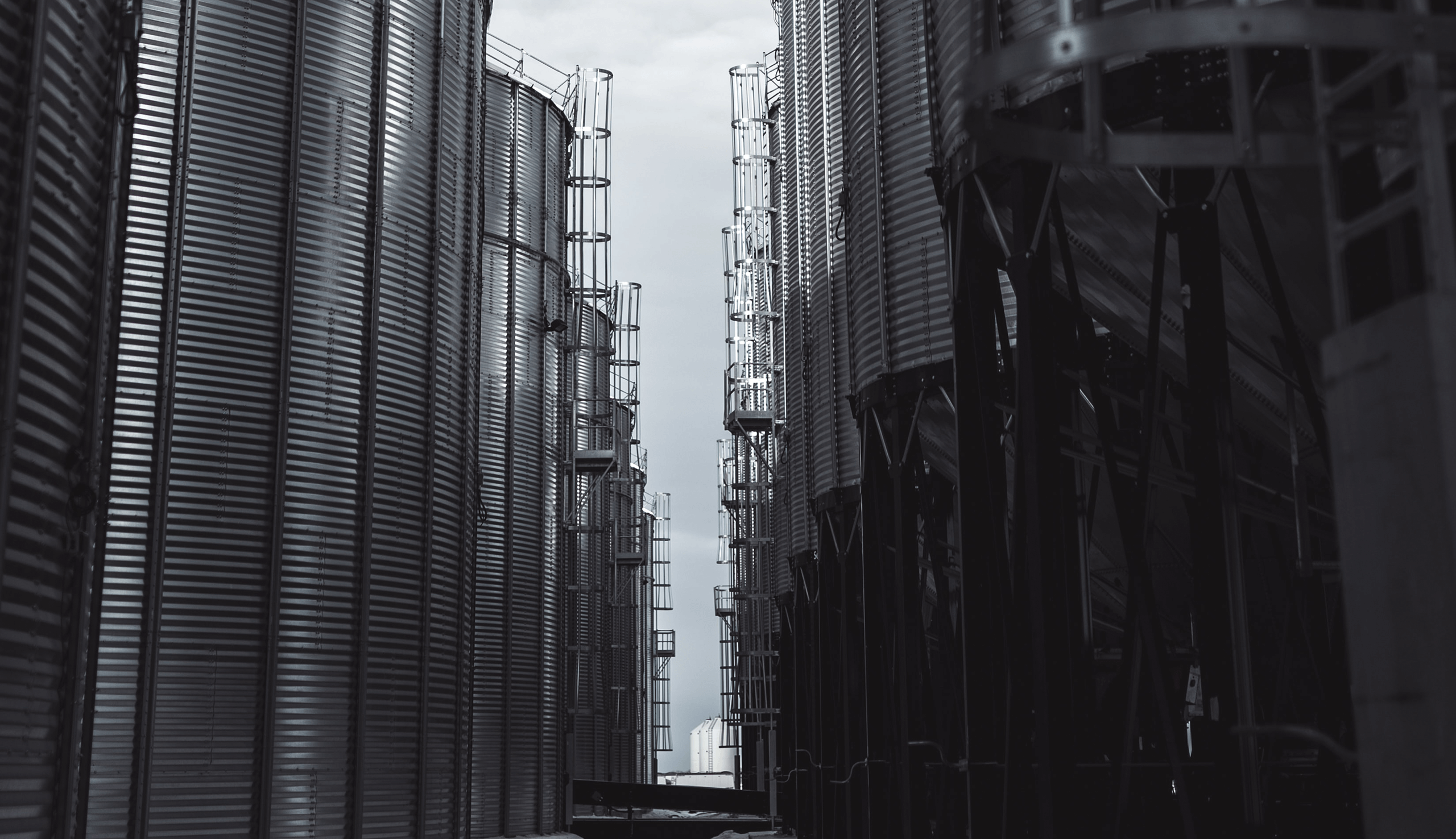The notion of digitalisation has been covered extensively in management journals, trade publications, and probably in many board meetings over at least the last decade. At the core of these discussions are the drive to streamline processes, increase cost efficiency, and finally the technological readiness of these exciting developments.
This article was originally published in the Oil & Gas Innovation Magazine
There are a number of products, instruments, and solutions in the field that are extremely reliable and have the highest certifications and have been around for years. It’s no surprise however, that the world has changed dramatically, although it has done so only recently; the Industrial IoT is rapidly becoming the new norm.
But if the world has changed so much, why are a lot of companies still looking at the same technologies and their respected suppliers to solve the questions that arise in the wake of the Industrial IoT? Those foundations are not built to today’s needs, let alone tomorrow’s. This paradigm of adding sensors, big data, and advanced business analytics is gearing towards the new normal and industry leaders are adapting it rapidly. The Industrial IoT is reaching its maturity point in both technology as well as cost of ownership. Making it available for smaller businesses too.
The new era has arrived. The technology is ready and available and it has the ability to make the desired digitalisation happen now and today.
The right networking technology is the most crucial ingredient to making the Industrial Internet of Things successful.
Let’s take the smartphone, regardless of brand or model, as an example: When watching YouTube videos indoors, it will use Wi-Fi as a communication technology. As soon as the phone moves outside, the cellular connection takes over. This happens unnoticed, although these are very different technologies. Stepping into the car, Bluetooth will connect and offer extra functionalities, automatically. When arriving at the store and having to pay for groceries, NFC is activated due to its close range security features. An everyday scenario with incredible technologies that all fit this one device. All with their own specialty, use, and enabling all its functionalities.

LoRaWAN is a modern Long Range Low Power Wide Area Network
However, adding IoT devices to industrial assets that are already in place entails a completely different use case. Where that smartphone can be compared to the multi-tool or Swiss Army Knife, the Industrial IoT devices can be compared to a very specific instrument or a scalpel – precise in its core task and extremely reliable. To benefit fully from its value, certain conditions need to be met however. LoRaWAN as a communications protocol is the key ingredient that ties everything together: It is secure, low power, long range, low cost, it has no lock-ins (it’s an open standard), and works globally.
When compared to other connectivity standards such as Wi-Fi, the benefits of LoRa are instantly clear when zooming in on IoT. The long range, low power consumption, and support for thousands of devices in parallel, beats Wi-Fi hands down. Granted at a much lower data rate, but that is totally fine for the use case. An average tank storage terminal can require up to tens of thousands of devices, sending millions of small data packets over thousands of meters through densely packed infrastructure in the lifetime of the device. Wi- Fi would fail instantly, as it was never designed to fulfil this task. LoRaWAN comes into its own in these environments.
This 90%, if connected, will offer the required amount of data to call it ‘Big’
The industrial WirelessHART protocol has been around for a decade now. It is a very good solution for specialist and critical assets, let’s say for 10% of the assets on a site. However, this leaves 90% of assets that are not connected today: These may be manual valves, pumps, conveyor belts, or temperature measurement systems. These 90%, if connected, would offer a level of granular control desired to get to the digital twin and will offer the required amount of data to call it ‘Big’. WirelessHART will not be able to cover this desired granularity, the technology demands much more battery life to operate, making the devices more expensive from a total cost of ownership perspective. Which can be acceptable for those key assets that have a wired connection and feed constant data into a DCS, but wiring all manually operated valves or changing batteries constantly on all of them defeats the object. The much lower costs of LoRaWAN unlock that 90%.
Getting that 10% in crucial assets is great, but what value can be achieved when reaching the remaining 90%? When we look at “Valve Sensors” as an example, various benefits come from this insight. It will increase safety of workers on site, by digitally checking if valves are opened or closed. This added efficiency also reduces spillage. These battery powered sensors can be retrofitted on existing manual valves and are connected via LoRaWAN. If all this existing infrastructure was replaced in order to make it ‘smart’, that would be far too expensive and wouldn’t be done.

Tailored to the standards of today: data-driven
The top level criteria for heavy industry did not change. It is reliability. Often this comes at a price, especially in times of digitalisation: embarking on a new system that yet results in another lock-in. The problem with this is that it slows down innovation and it creates dependencies. In order to not repeat this, LoRaWAN is based on open technology; technology that everyone can tap into. Thousands of networking- and security experts are working with it on a daily basis, which makes this modern protocol more resilient to cyber threats and offers detailed and extensive documentation.
But this openness also means that every manufacturer can use it – just like that Bluetooth chip in the car. Today, it should not be able find a car that doesn’t support the phone or vice versa. The era of lock-ins has passed. In industry, that offers economies of scale which are met very early on. LoRaWAN devices issued by any company can hook-up to that network universally and since they all feed into the same protocol, the tank storage terminal can buy from different vendors picking the best solution for their challenge.

LoRaWAN can co-exist with existing standards, but it is the go-to standard for the future of connecting assets through I-IoT
LoRaWAN works by installing gateways on-site, with a handful of them a small terminal can be covered, supporting up to tens of thousands IoT sensors. It is globally and openly available. Owning these gateways is like owning the network: all parameters are under the control of the IT-department. It is up to the site or the organisation whether the solution should be hosted on premise, so the data will never leave the terminal or in the cloud – it is about control, immediacy, and security.
Industrial IoT devices at its technological core are the opposite of the smartphone, or that sophisticated asset connected through WirelessHART. These different technology solutions are parallel universes, but the information will still be able to feed into the same DCS, hence bringing all information together to create one version of the truth.
Replacing infrastructure just for “smart insight” is wrong
Industrial IoT is delivering on its promise
The journals, publications, and board meetings were on the right track. The jigsaw fits together seamlessly due to modern technologies reaching its maturity peak. The ingredients are all in place to create fantastic recipes.
Existing vendors might try to embed these IoT-capabilities within the new assets to be installed when they are due for replacement. However, that can take many years in some instances. Replacing infrastructure just for “smart insight” is wrong. It’s very costly and is the opposite of sustainable. Vendors should focus on creating IoT products that “upgrade” existing assets, by retrofitting them on top of what is already there.
TWTG does that with the NEON Product Line. All sensors run on LoRaWAN technology and are able to upgrade assets such as manually operated valves with a sensor to detect the state (open or closed), condition based monitoring solutions for pumps and motors, and temperature sensors on pipes – all metaphorical scalpels that can be used within any industrial operation.
Where NEON products are both battery powered, and are all ATEX / IECEx zone 1 certified – they thrive on the notion of having a long lifetime and are virtually maintenance free. Adding the term Industrial to IoT comes with a huge promise; quality, reliability, and adding immediate value for the data-driven terminal.



